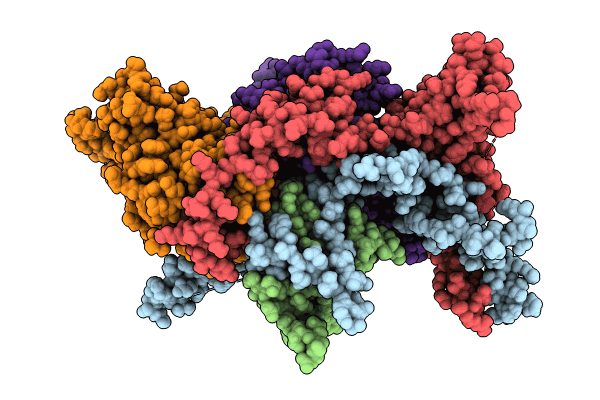
Deposition Date
2024-06-07
Release Date
2024-08-21
Last Version Date
2024-09-11
Method Details:
Experimental Method:
Resolution:
3.29 Å
Aggregation State:
PARTICLE
Reconstruction Method:
SINGLE PARTICLE


